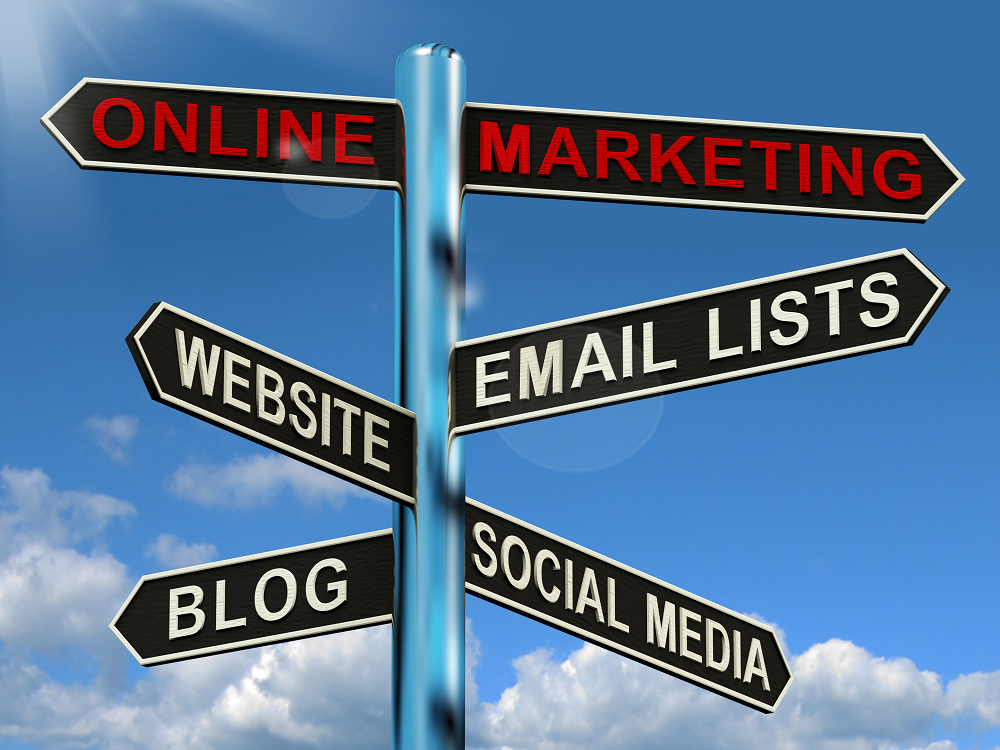You have a new product. Or a new market. Or an existing product and market. It is good to look at that regularly. You can do that with the matrix from Customer Factory. In seven steps, write a plan. For yourself. To make decisions. What will your company focus on in the coming year?
Step 1: the target audience
A target audience is a specific group of potential customers that a company or organization wants to reach with its marketing efforts. Defining a target audience is an essential step in the process of creating marketing campaigns because it helps to focus the marketing message and ensure that it is relevant and effective for the intended audience.
To define a target audience, you need to consider several factors, including demographics, interests, behaviors and needs. Some general demographic characteristics to consider when defining a target audience are age, gender, income level, education level and geographic location. You should also consider your target audience’s interests, hobbies and values, as well as their buying habits and behavior patterns.
Once you have a clear picture of your target audience, you can use this information to create marketing campaigns and messages tailored to their specific needs and interests. This helps ensure that your marketing efforts are more effective and that you can reach your target audience more effectively.

Step 2: Customer perspective
Defining a customer perspective in marketing refers to understanding and considering your customers’ needs, wants and expectations when developing and implementing marketing strategies. This includes a customer-centric approach to marketing, which means focusing on the customer rather than the company or product.
To define a customer perspective in marketing, you must begin to know your target audience well and understand their needs, wants and expectations. This may include conducting market research, such as surveys or focus groups, to gather customer feedback and insights. You can also look at data such as customer demographics, buying behavior and web analytics to get a better understanding of your customers.
Once you have a clear picture of your customers’ needs and expectations, you can use this information to create marketing campaigns and messages tailored to their specific needs and interests. This can include using language and imagery that appeals to your customers, as well as offering promotions and discounts that are relevant to their needs. By taking a customer-centric approach to marketing, you will better engage with your customers and build long-term relationships with them.
Write your own communication plan
Step 3: Brand promise
A brand promise is a statement that reflects a brand’s core values and beliefs and communicates the benefits customers can expect from interacting with the brand. It is a way for a brand to differentiate itself from its competitors and occupy a unique position in the market.
To define a brand promise in marketing, you must begin by understanding your brand’s core values and beliefs. These values must be authentic and reflect the mission and purpose of your brand. You must also consider the needs and expectations of your customers and how your brand can meet or exceed them.
Once you have a clear picture of your brand values and customer needs, you can use this information to create a brand promise that accurately describes your brand and communicates the benefits customers can expect from interacting with your brand. This can include using language and imagery that resonate with your customers and align with your brand values.
It is important to note that a brand promise should be more than just a marketing slogan or tagline. It should be a true promise that guides all of your brand’s actions and interactions with customers. By keeping your brand promise central to your marketing efforts, you can build trust and credibility with your customers and build a strong, positive brand reputation.
Step 4: Ambition and goals
First, put your ambition on the board. It does not have to be SMART. First, look at the horizon and put a dot there. Then you formulate hard targets for yourself.
SMART goals are specific, measurable, achievable, relevant and time-bound objectives used to define and direct the actions of individuals and organizations. In marketing and sales, SMART goals can be used to set targets and track progress in achieving marketing and sales objectives.
The abbreviation SMART stands for:
- Specific: The goal should be clear and specific, with a clearly defined purpose and outcome.
- Measurable: The goal should be quantifiable and have a way to track progress.
- Feasible: The goal must be realistic and achievable given the resources and constraints of the organization.
- Relevant: The goal should be relevant to the overall goals of the organization and consistent with the needs and expectations of the target audience.
- Time-bound: The goal should have a specific timeline for completion, with clear deadlines and milestones.
Write your own communication plan
By setting SMART goals in marketing and sales, you set clear goals that help you focus efforts and ensure that you are working toward achieving your goals in a measurable and effective way. By monitoring progress, you will discover bottlenecks and see reason to adjust marketing and sales strategies as needed.

Step 5: Channels
In marketing and sales, channels refer to the various methods and platforms used to reach and connect with customers. These channels can be used to convey marketing messages, promote products or services and facilitate the sales process.
Some commonly used channels for marketing and sales are:
- Traditional channels, such as print and broadcast media (e.g., newspapers, magazines, television and radio)
- Digital channels, such as social media, email, websites and online ads
- Personal channels, such as events, trade shows and storefronts
- Sales channels, such as wholesalers, distributors and retailers
- Customer service channels, such as phone, email and live chat
- Landing pages
- Blogs/Vlogs
- Referrals
- Events
- Guest appearances
- Networking
- Direct Mail
- Personal contact
- Corporate Gifts
- Outdoor Advertising
The choice of channels depends on the organization’s target audience, marketing goals and resources. By selecting the right channels and using them effectively, marketers and salespeople can reach and engage their customers in a targeted and effective way.

Step 6: Communication plan
Now it’s time to get even more concrete.
The steps taken so far:
- Identify objectives: Identify the specific goals the communication plan aims to achieve, such as increasing brand awareness, boosting sales or building customer loyalty.
- Define the target audience: Identify the specific group of individuals that the communication plan must reach and engage.
- Develop the message: Determine the key messages and themes that the communication plan will communicate to the target audience.
- Select channels: choose the specific methods and platforms that will be used to deliver the messages to the target audience, such as print and broadcast media, digital channels, in-person events and sales channels.
Now it’s time for the final step before filling out the communications calendar. Describe here the specific actions you will perform and how often you will do them.
Step 7: Communication agenda
Determine timing: establish a specific timeline for implementing the communications plan, including key dates and milestones.
A communications calendar is a tool used in marketing to plan and schedule communications activities and campaigns. It is usually a visual calendar that shows the timing and content of marketing messages and campaigns, as well as the channels that will be used to deliver them.
A communications calendar can be a useful tool to help marketers plan and execute a consistent and coordinated marketing strategy. It can also help ensure that marketing efforts are aligned with business objectives and that resources are used efficiently.
A communications calendar usually includes the following elements:
- Date: The specific dates when the communication activities or campaigns will take place.
- Type of activity: the specific type of communication activity or campaign, such as a promotion on social media, an email marketing campaign or an event.
- Target group: The specific group of individuals that the communication activity or campaign aims to reach and engage.
- Message: The key messages and themes communicated to the target audience.
- Channels: the specific methods and platforms that will be used to deliver the messages to the target audience.
- Resources: The specific resources needed to carry out the communication activity or campaign, such as budget, personnel and materials.
By using a communications calendar, marketers can effectively plan and coordinate their communications efforts and ensure that they are aligned with business goals and the needs and expectations of their target audience.

Write your own communication plan
And now get to work!
Your plan is now on the Jamboard. The Jamboard gives you plenty of room to look back and adjust or improve things.
Once you’ve done that, it’s time to implement the plan. We wish you good luck with that and if we can contribute more we would love to hear from you.
Tip for next month:
Evaluate results: use the methods and metrics identified in the communication plan to measure the effectiveness of communication efforts and track progress in achieving objectives.
By following these steps, you will have a plan that is tailored to the needs and expectations of your target audience and helps support your organization’s overall marketing and sales goals.




